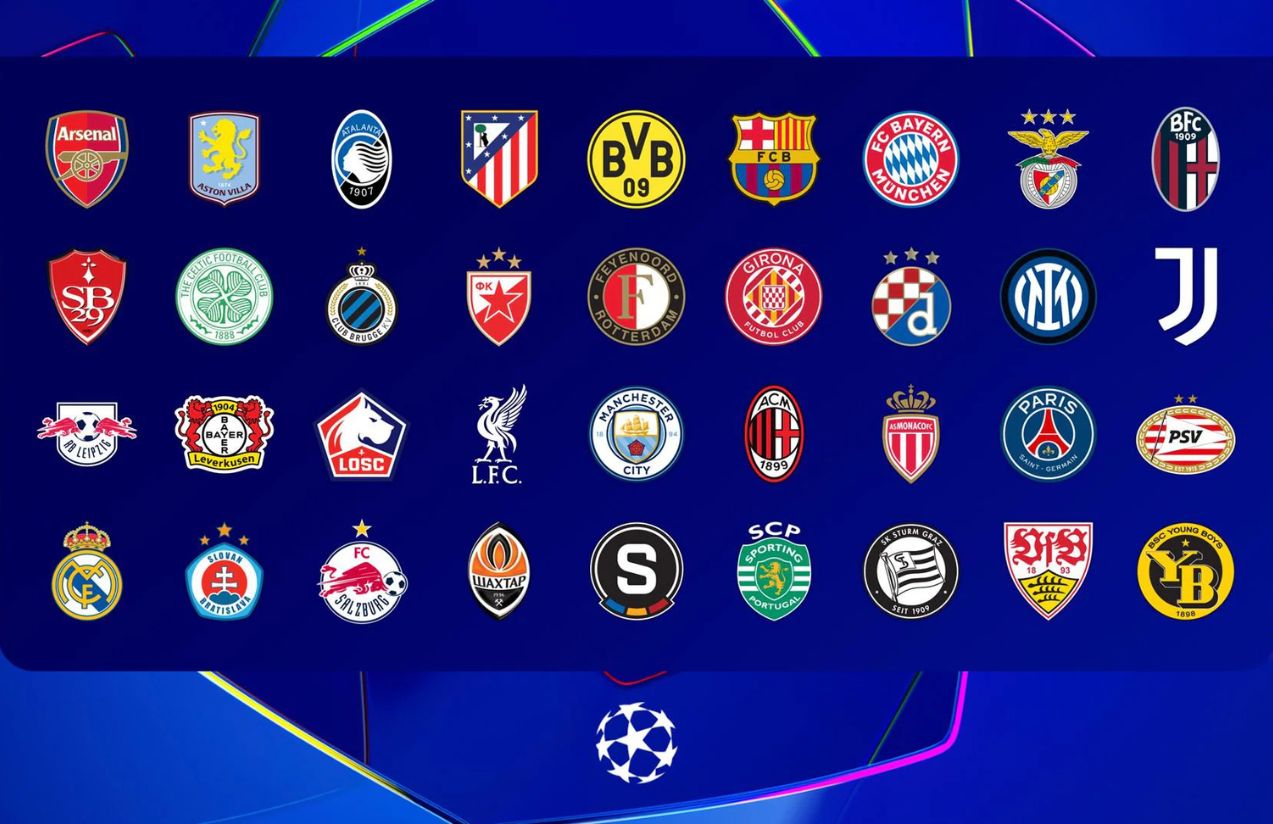The highly anticipated 2025-26 Champions League draw took place this Thursday at the Grimaldi Forum in Monaco, marking the consolidation of the league format that debuted last season. In this edition, 36 teams will compete in an initial stage without traditional groups, facing eight rivals (two from each pot) in home-and-away matches.
The pots were set with the highest-ranked clubs in the first, followed by Arsenal, Juventus, Atalanta and others in the second; Tottenham, Ajax and Napoli in the third; and surprises like Bodø/Glimt, Kairat Almaty and Galatasaray in the fourth. This edition will run from mid-September until January 2026, creating a demanding yet more dynamic schedule.

The top eight teams will advance directly to the round of 16. The rest will have to compete in intermediate playoff rounds, adding extra drama to every matchday.
Why is this format important for the future of the Champions League?
Because it eliminates the rigidity of classic groups and offers greater diversity and competitiveness in matches. It also guarantees more high-level games, enhancing the spectacle while boosting revenues and global visibility of the tournament.










